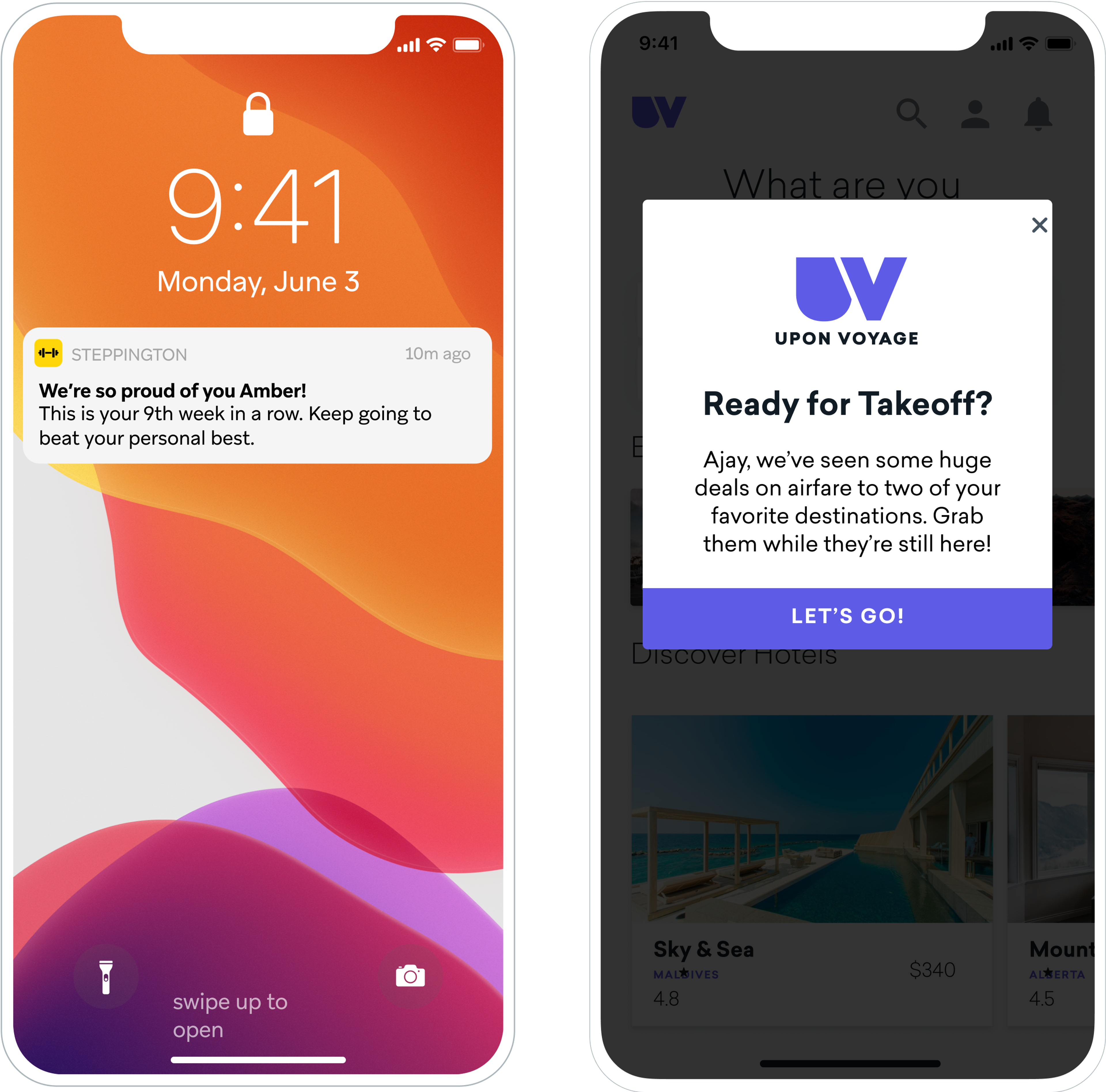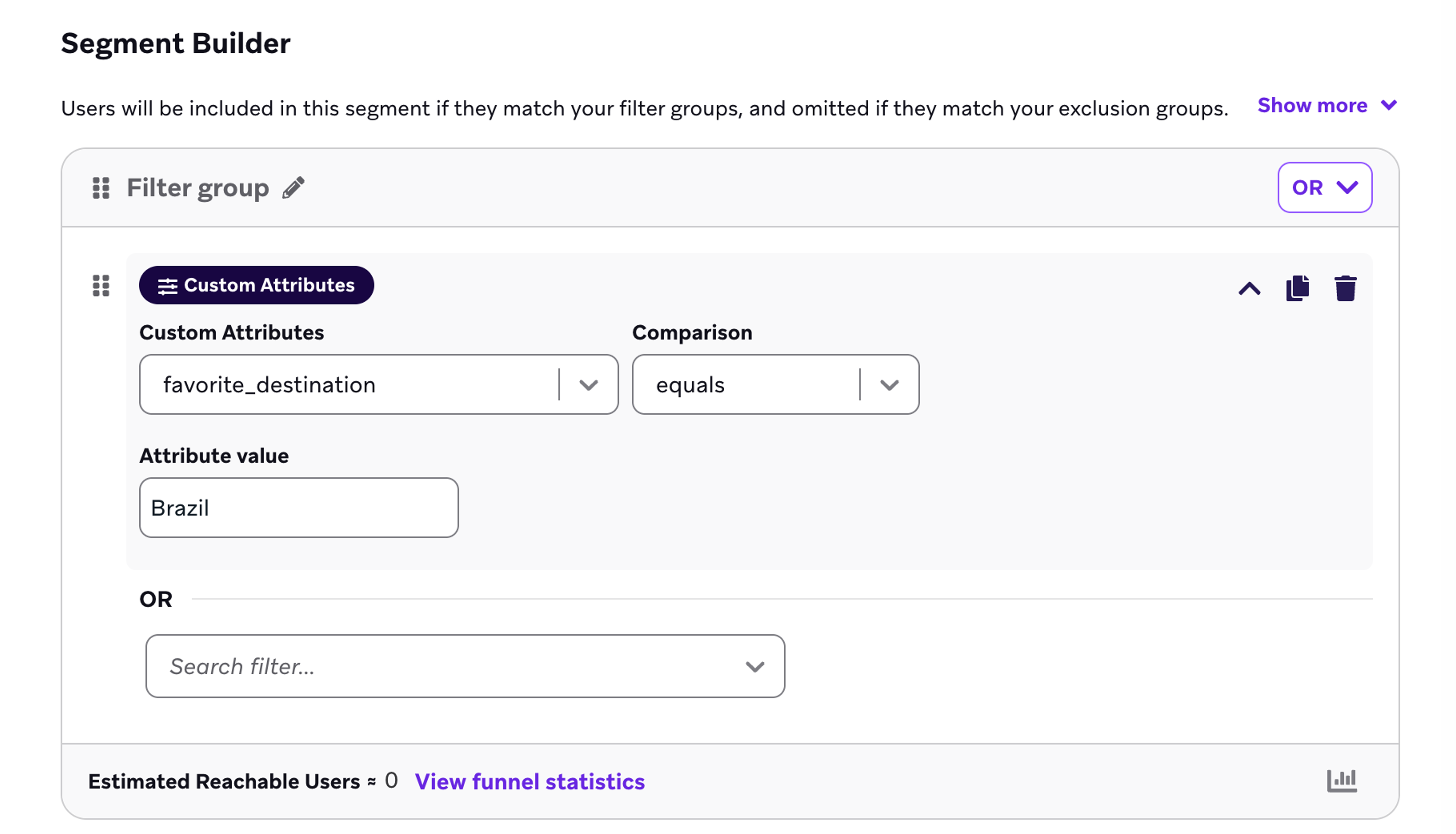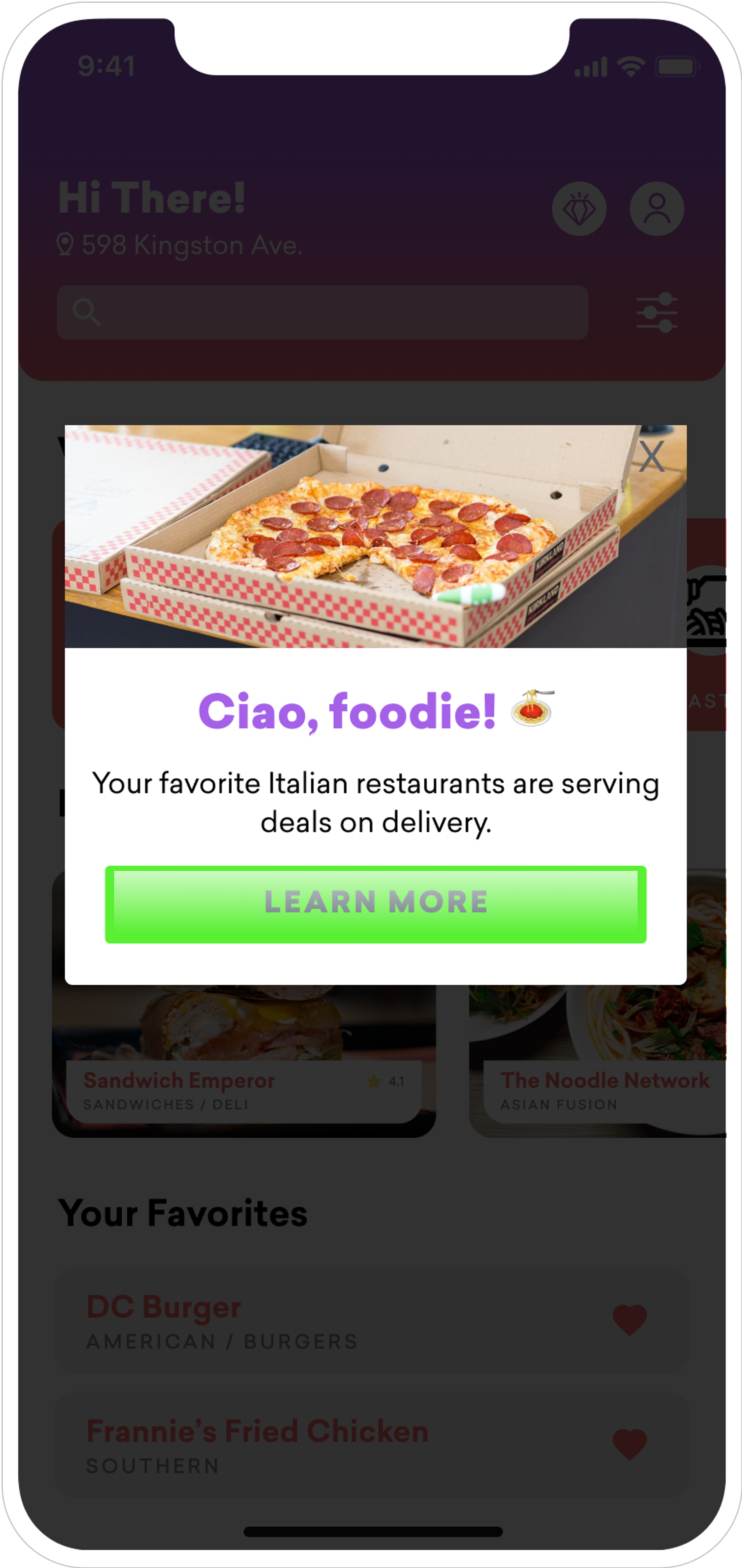Lesson
Using Your Data in Braze
Braze unlocks a powerful set of customer engagement tools to help your brand build meaningful relationships with your audience. To fully access its strength as an engagement platform, it is crucial to have a basic understanding of how data works in Braze. In this course, you will learn about the types of data that are stored in Braze, their main applications, and how they are collected.
Why Data Matters
Consider how a user's name, their favorite product, or a useful local tip could turn an otherwise generic message into a meaningful conversation that leads to more interactions. Similarly, think about how much you could learn about your audience from their behaviors, like when someone completes a milestone number of classes, or streams one of your videos. Imagine using this information to inform your content strategy, or craft more enjoyable experiences for them. The strategic use of Braze data is the foundation of these kinds of high-impact audience engagement.
When you onboard to Braze, you’ll engage in a process known as data planning. Data planning involves making important decisions about how you will leverage data to meet your brand’s marketing and business goals. To effectively make those decisions, you must understand the basic types of data Braze collects, stores, and uses. With this foundational knowledge of Braze's data structure, you can move on to more advanced data planning and strategy steps.
How to Use Braze Data
Data powers all of Braze's most powerful capabilities – like personalized messaging, dynamic segmentation, valuable analytics, and more. It gives your brand the information and insights needed to launch more impactful campaigns and grow your audience.

Braze stores different categories of data within a user profile. You'll learn more about the kinds of data stored in user profiles in another lesson. First, let's appreciate the power of Braze data by reviewing the different ways you can apply and use it with Braze functionality. Click each application to learn more.
Braze segmentation uses data about your audience to form user groups based on common behaviors or attributes. By targeting these specific groups of users, you can better meet the diverse needs of your audience base and, ultimately, drive higher sales and customer satisfaction.
For example, a food delivery app might want to target a segment of users who love Italian food. Collecting the right data makes this possible! They use Braze segmentation to target a subset of their audience whose custom attribute "favorite_cuisine" includes "Italian". (You'll learn more about custom attributes in this course.)

The food delivery app could then send those Italian food fans an in-app message campaign that highlights local Italian restaurants:
